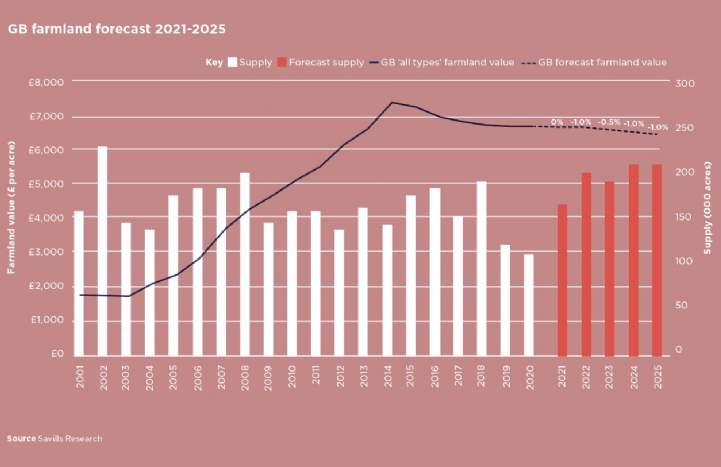2. RURAL LAND IS, AND ALWAYS HAS BEEN, A MULTIFUNCTIONAL ASSET
Farmland values have always reflected returns from non-farming incomes, but stripping investment accountability back to a carbon value alone will risk appropriating an entire asset class to those able to afford carbon offsets, risking long-term food security and environmental wellbeing, and undermining efforts to protect corporate reputation and licence to operate.
Carbon is not the only metric of interest. But this is about income as well as capital value: developing a blended approach to land use that reflects the wide range of beneficiaries and co-dependencies in landscape management is more important than ever for leveraging returns from land investments. Occupation models need to reflect these new value drivers and earning opportunities, bringing diversity and resilience to land investments.
If we can get this right, rural land presents by far the most attractive long-term play of any asset class. It meets all of our core needs, offers security and non-correlated returns, and it now offers new and valuable income streams as markets for nature-based solutions to the vulnerabilities of human existence are expedited.
This is before all of the traditional benefits of land ownership in amenity and sporting value are considered. Developing the right strategy to rural asset management to meet these wide-ranging opportunities and expectations will be key as we move beyond the constraints of the Common Agriculture Policy (CAP) into a more liberal and entrepreneurial agri-economy.


.jpg)
.jpg)
.jpg)
.jpg)
.jpg)